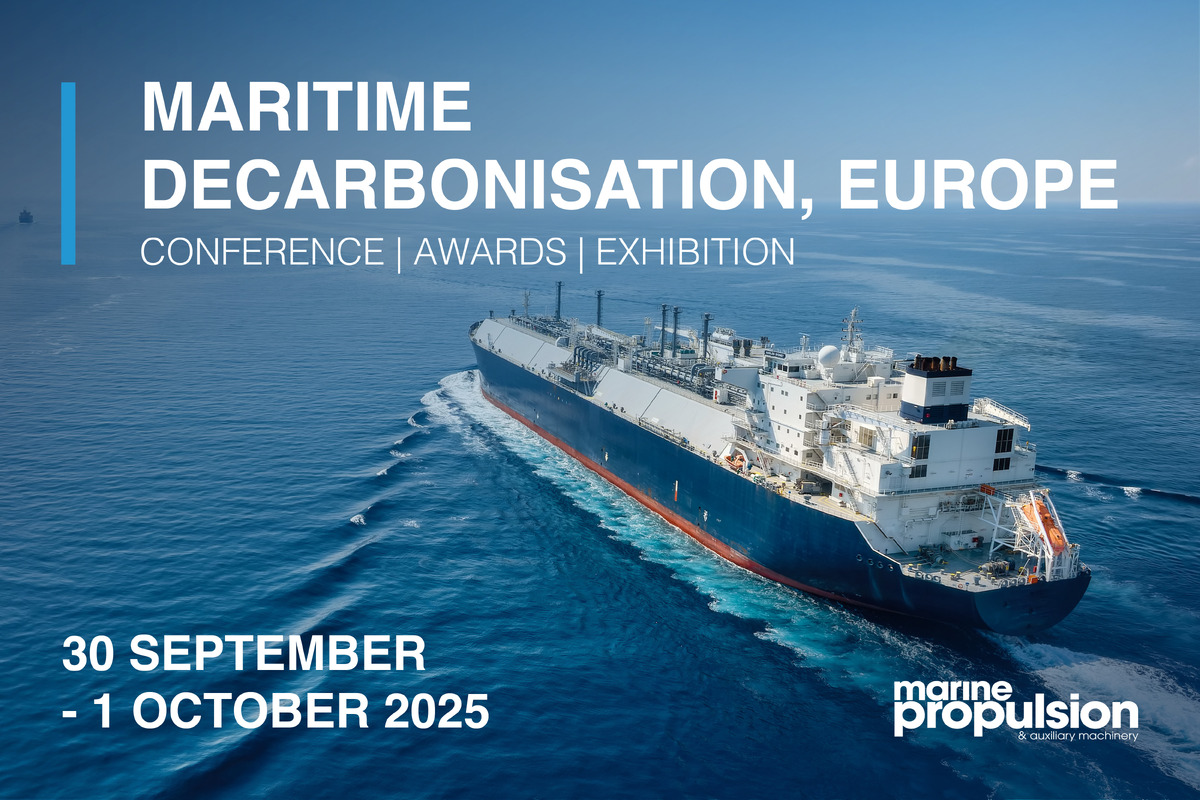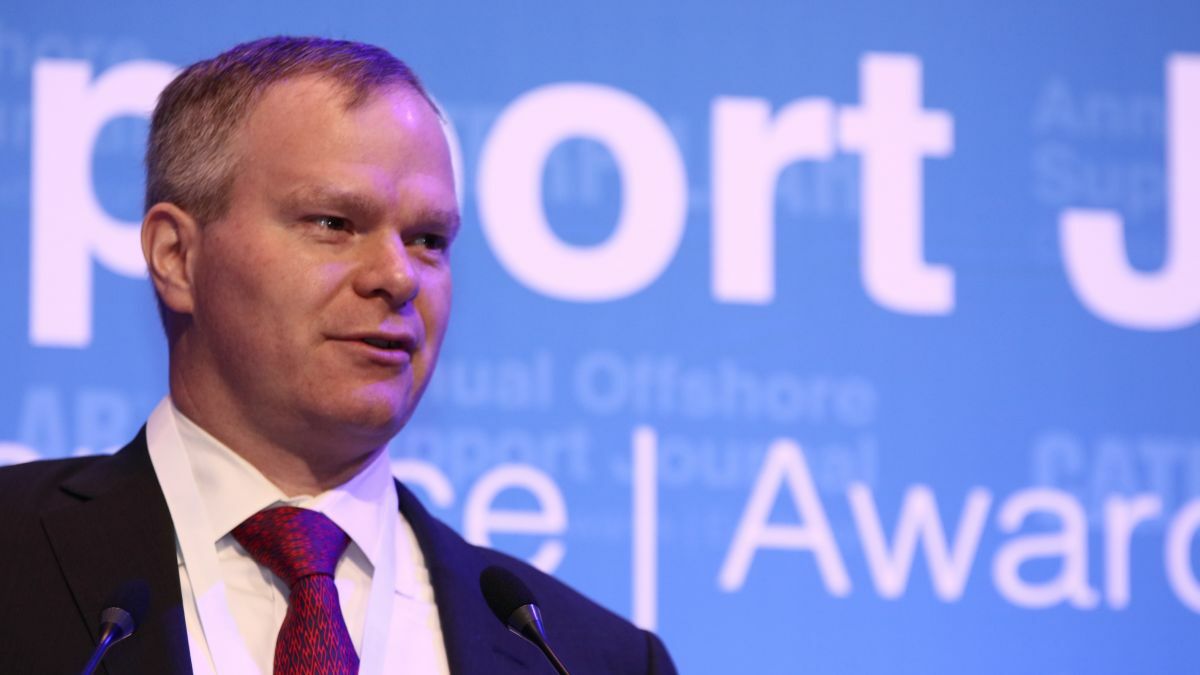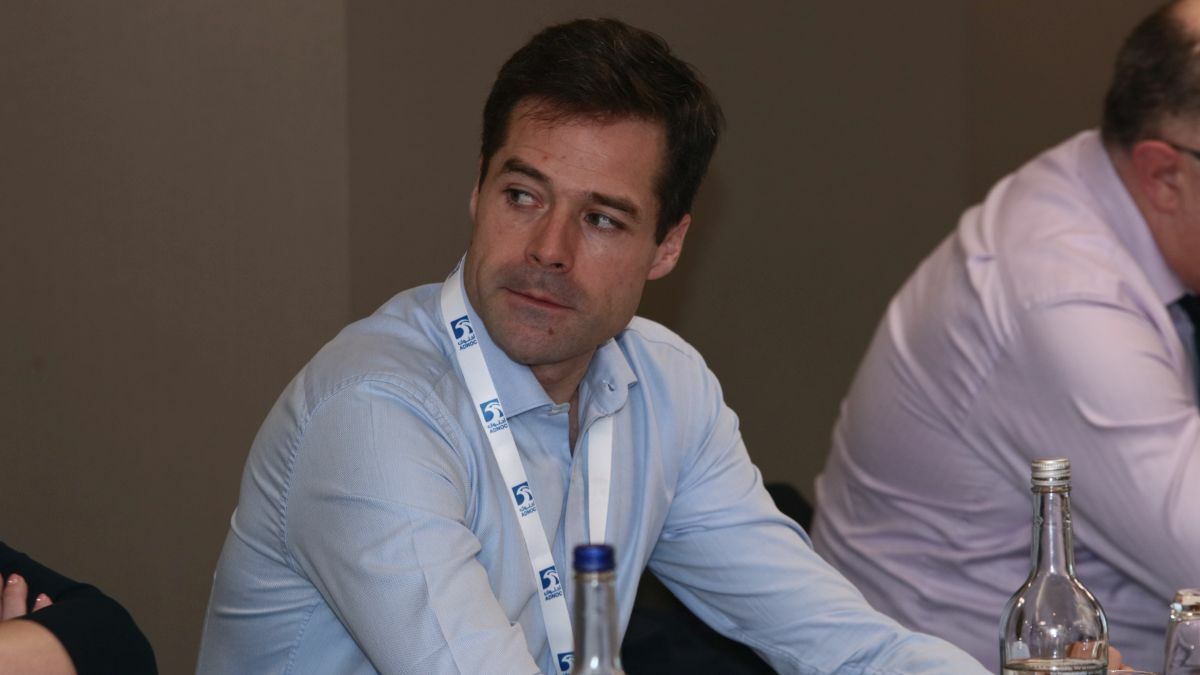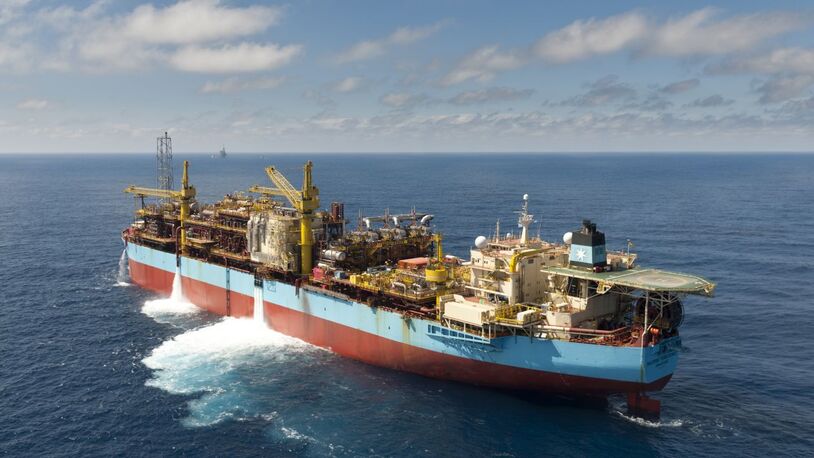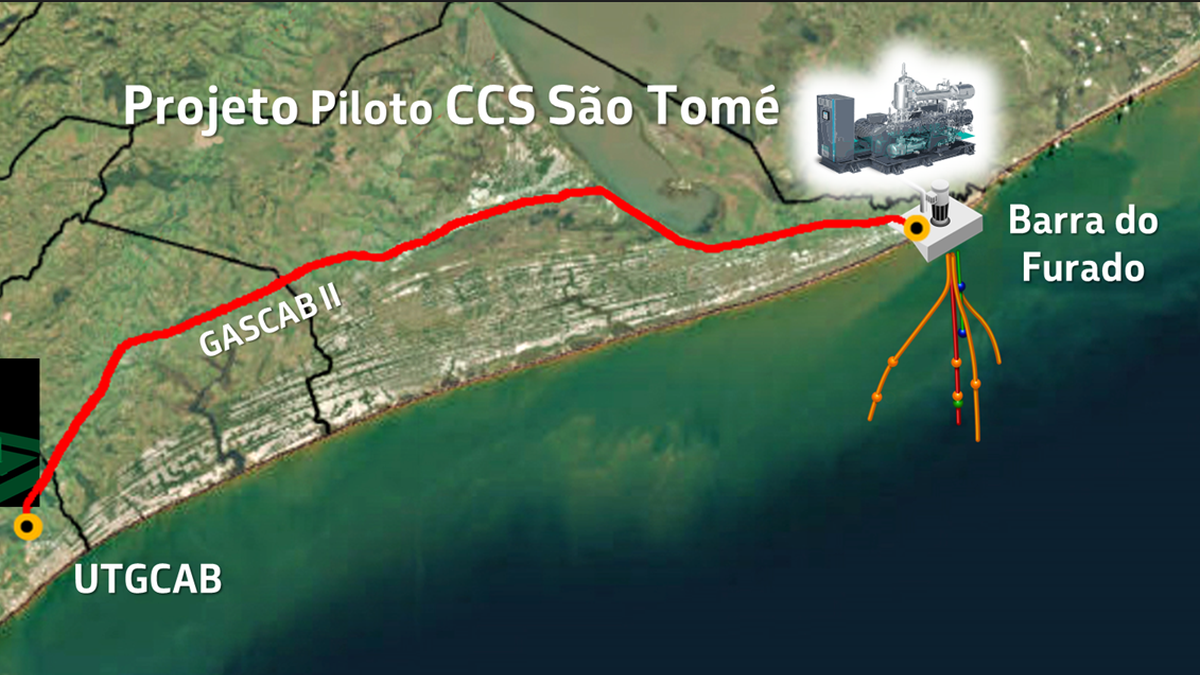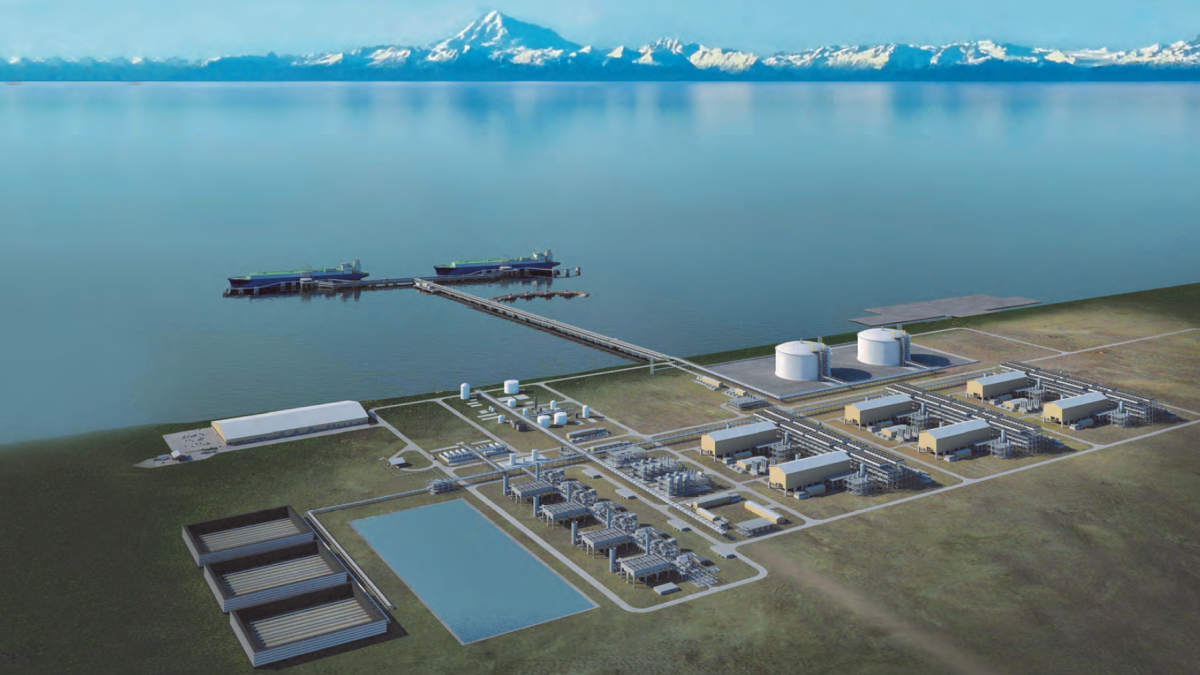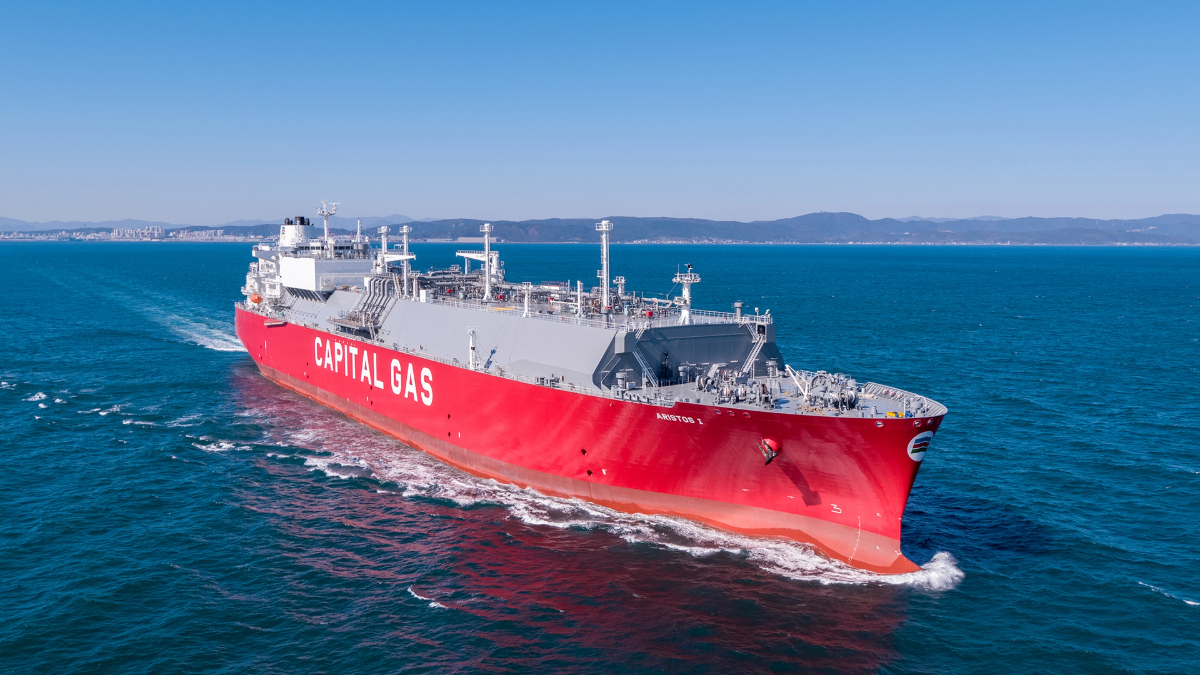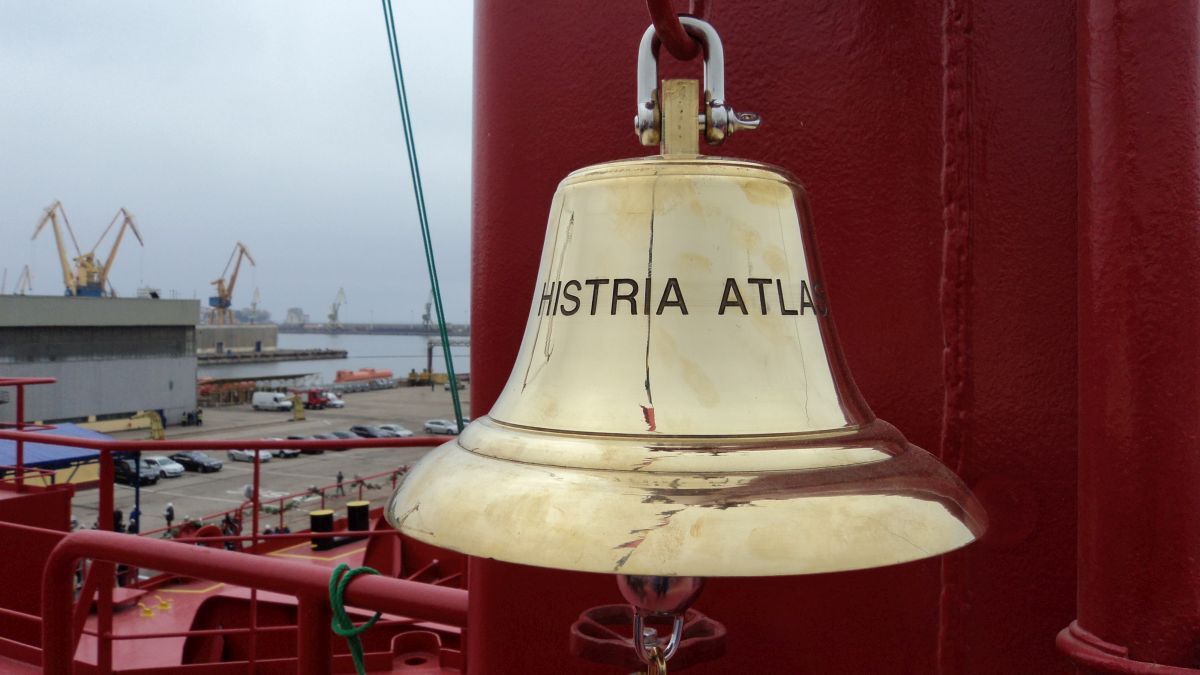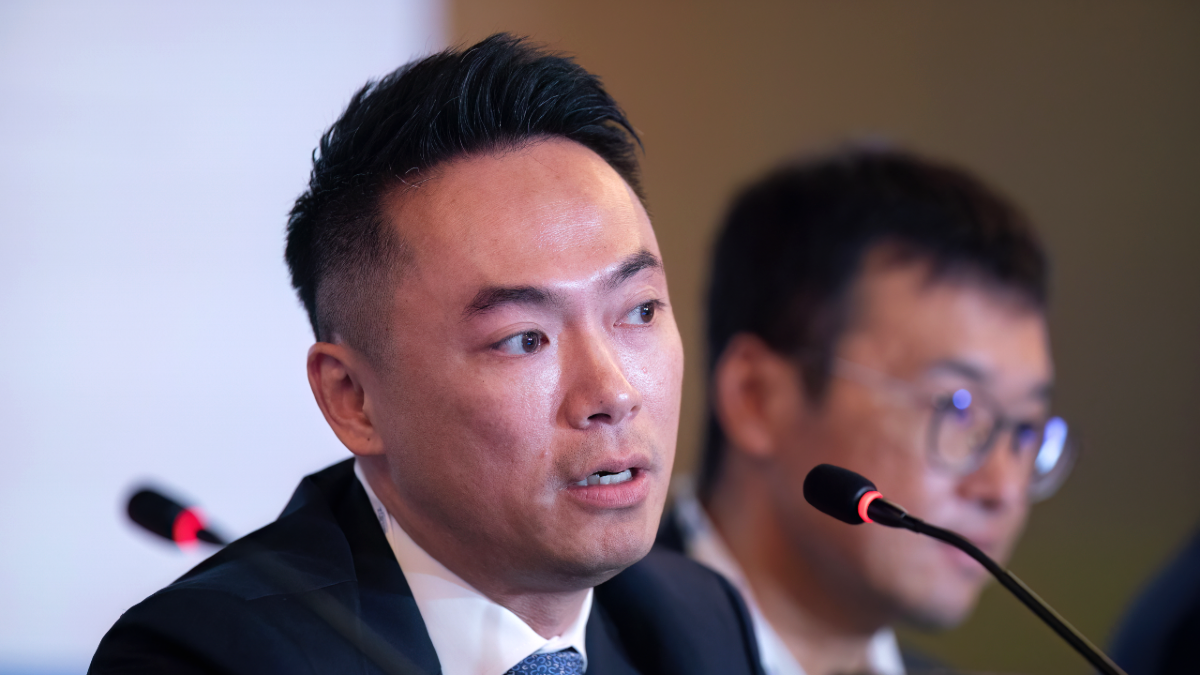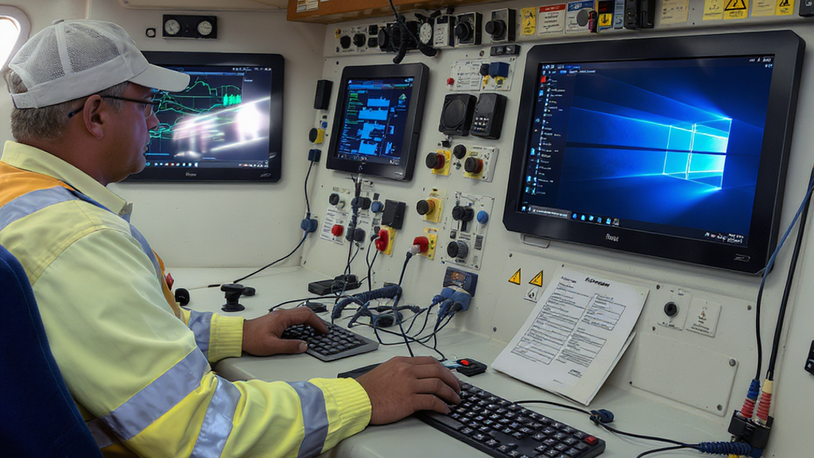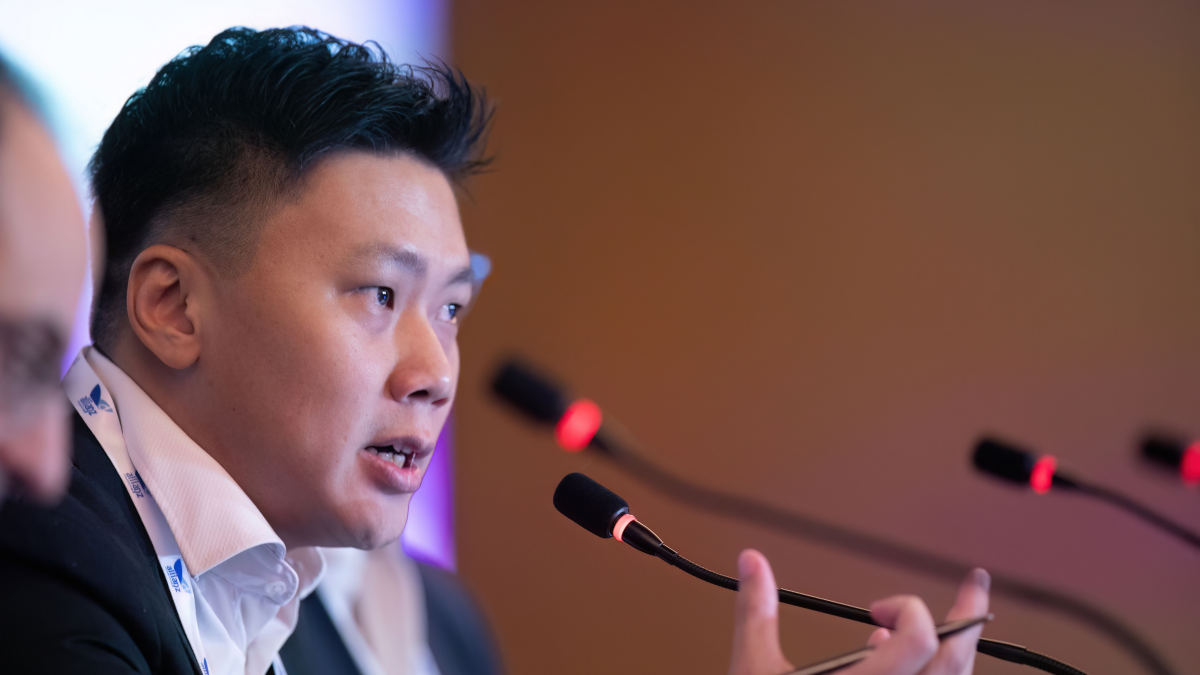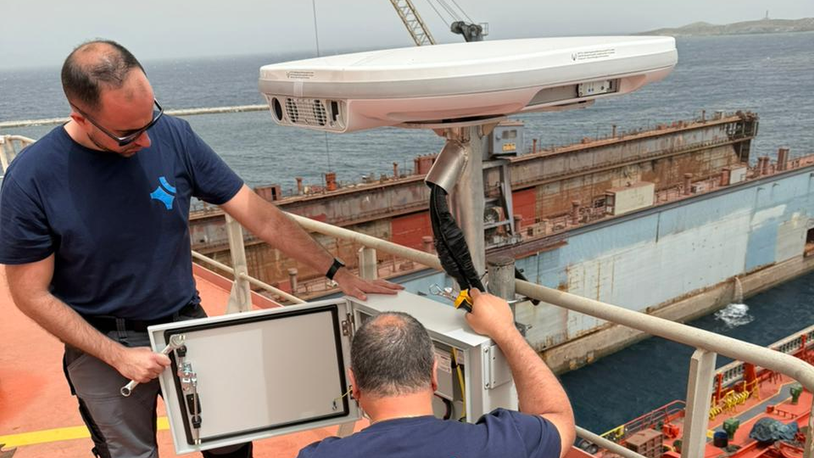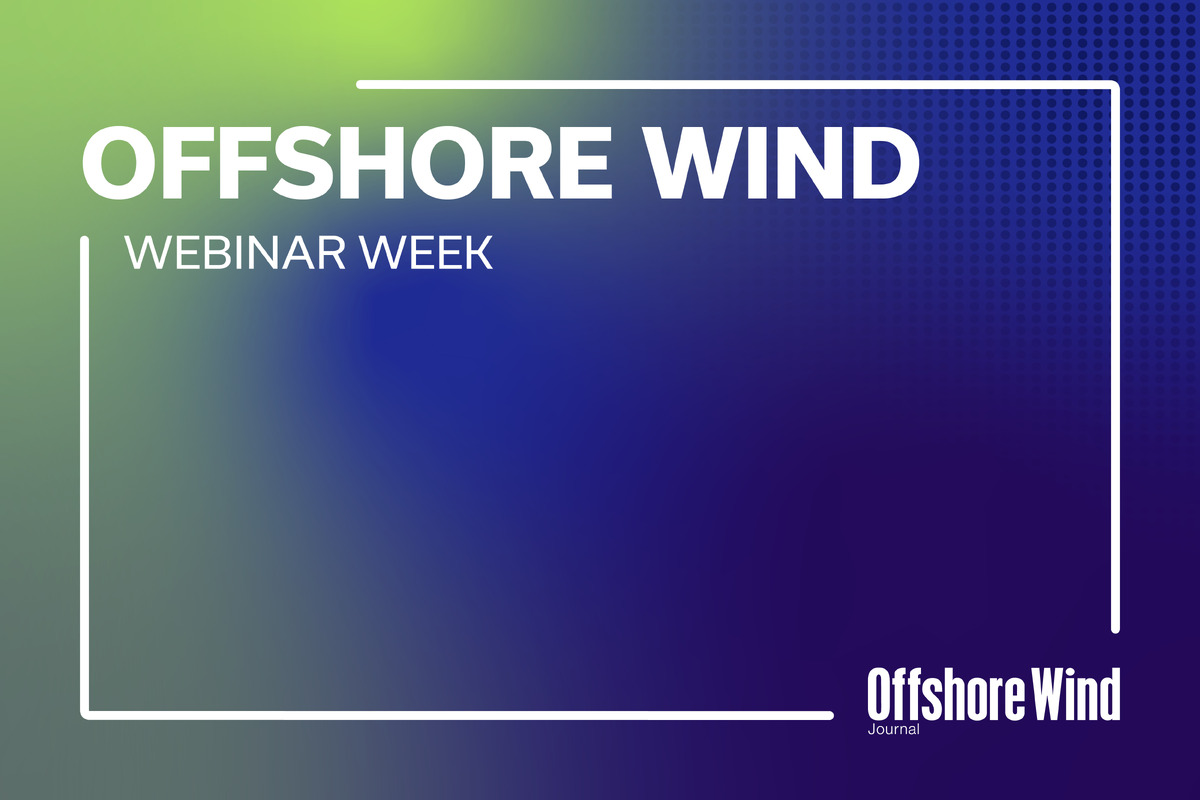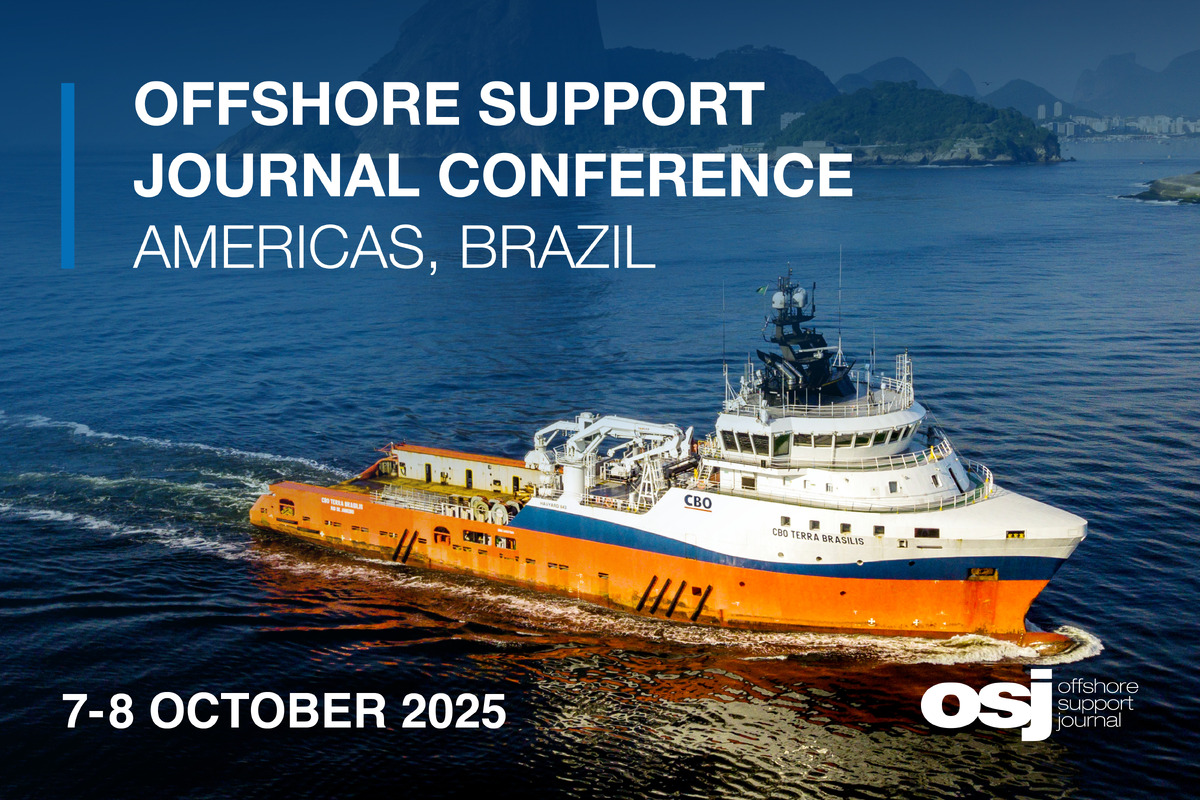Business Sectors
Contents
Connectivity: the key to IoT and optimised operations
OSV owners anticipate rising demand for bandwidth to manage increased data monitoring, vessel optimisation and crew welfare requirements
As more OSV owners adopt internet-of-things (IoT) technology and invested in VSAT to transmit operational information, the need for greater bandwidth between ships and shore has never been greater.
Faster connectivity and bigger data plans for more frequent transmissions, optimising operations and improving crew welfare were key trends identified by OSV owners at a roundtable organised by Inmarsat and Riviera Maritime Media, held during the Annual Offshore Support Journal Conference in February 2020. Chief executives and technical managers discussed their requirements, challenges and potential solutions for delivering higher levels of connectivity to vessels in their fleets.
OSV owners see VSAT connectivity as essential for vessel operations and to help exceed client expectations. They also envision a time when the use of IoT will enable vessel crewing and onshore staffing levels to be reduced.
P&O Maritime Logistics needs higher bandwidth and connectivity speeds for both its crew welfare services and operational needs. It is also considering linking to coastal and offshore mobile phone networks that use 4G and long-term evolution (LTE) technology.
P&O Maritime Logistics head of IT Kris Vedat said the owners of OSVs and port tugs are interested to know where future 5G networks will fit into this technology mix.
“Connectivity is key for crew welfare,” Mr Vedat said. “People want connectivity speeds like they get at home, but that is not possible. Balancing cost-effective speed is key,” he added, noting the solution lies in using dynamic solutions and innovations and having alternatives in case of VSAT issues, and the ability to scale connectivity up and down rapidly.
“We are looking to deploy 4G/LTE, segregating data and having more of this going over these connections,” said Mr Vedat. “We need data. More IoT data means more bandwidth demand, analytics and client demands. It is about ensuring every vessel is connected,” he said.
Information over VSAT and 4G networks goes both ways, as shore managers can send advice to support onboard decisions. Weather and ocean information can also be downloaded on vessels to assist in voyage planning between offshore facilities and ports.
“Vessel operators are taking various data streams to optimise routeing between rigs,” said Mr Vedat. “We are monitoring efficiencies of operations, looking at IoT and building predictive maintenance models.”
Intelligent operations
Seacor Marine is using digitalisation and satellite communications for data monitoring and intelligent operations. “We will need to work more intelligently to reduce manning on and offshore,” said Seacor Marine Holdings president and chief executive John Gellert. “We will need more data. We are getting data to support business and using tools to be less labour intensive,” he said.
Seacor Marine International senior vice president and managing director Anthony Weller confirmed how data is prioritised over VSAT. “It is important to have reliability and high speeds of connectivity,” said Mr Weller. “We prioritise certain data – fuel consumption, condition and performance anomalies – with high priority data sent to our offices over VSAT,” he explained.
Once at Seacor’s offices, data anomalies could trigger alarms and enable technical managers to deal with any issues remotely, or provide support to onboard crew.
“When engines are not running correctly there is a warning for the technical department, so it can address and avoid catastrophic events,” said Mr Weller.
With all this additional data, more satellite communications capacity is required to transit data from sensors installed onboard. Seacor is finding its bandwidth requirements are rising because of data flows to and from its vessels. “There is more data and more demands on that data,” said Mr Weller.
There are more VSAT requirements when vessels are upgraded with hybrid propulsion, as the additional onboard systems produce more condition and performance data to be transmitted to shore.
To this end, Mr Weller is looking for solutions to enable the transfer of higher data volumes for the same revenue, as the OSV market struggles to maintain a recovery. Ultimately, Mr Weller noted: “We need more cost-effective communications.”
Seacor also requires VSAT with higher bandwidth on its crew transfer vessels, so passengers on board can access online services, social media and other content.
“We transport more than 100 passengers on board our vessels and need high speed communications,” he said. “We need this to increase as it is contractual. It is important to have high speeds and reliability.”
While satellite connectivity to its vessels tends to be reliable, Seacor has encountered issues with VSAT communications from vessels when they are moving between satellites and different beams, leading Mr Weller to point out that “switching between satellites is a problem.”
Fleet Xpress upgrade
The reliability of VSAT connectivity is also a prime concern for Bourbon group, which operates one of the largest fleets of OSVs worldwide. It is investing in Inmarsat Fleet Xpress satellite communications for more than 100 of its vessels.
Bourbon is migrating ships to Ka-band satellite connectivity by installing new hardware on board by 2021. These will still also use Inmarsat’s FleetBroadband, as L-band back-up to the Ka-band connectivity.
Bourbon chief executive Gaël Bodénès said VSAT connectivity will enable the group to optimise operations and reduce costs. “We have to adapt and use technology to connect our fleet so we can transfer more offshore functions to shore,” he said.
Mr Bodénès expects this connectivity to be used to support predictive maintenance, automate more onboard operations and improve crew welfare. “The time has come for operational intelligence and connected vessels,” said Mr Bodénès.
Bourbon is deploying its smart shipping action plan, which is structured around a new vessel operational model. It includes onshore support from a new remote monitoring centre and leveraging digital tools to reduce fleet operating costs.
Bourbon Marine & Logistics chief executive Victor Chevallier said this operating model brings challenges as well as benefits.
“With IoT there will be step change,” he said. “Our fleet is always connected, gathering operations data. We need reliability and cyber security for around-the-clock connectivity.”
Some of the data is expected to be sent in real time, other data packets in hourly periods and some once a day. “We are building big data and implementing this on our vessels,” said Mr Chevallier. “There is more automation, more control and a need for data. We need to target more useful data and prioritise its transfer over VSAT and FleetBroadband,” he added.
Swire Pacific Offshore is developing methods of collating and transferring data from its vessels to shore over VSAT.
For Swire Pacific managing director Peter Langslow, the key issues are the reliability of the connection and prioritising data. “This is about creating efficiency and meeting charterer needs,” he said. “It is not just a data dump. It is about what is reliable and will make a difference.”
This would include fuel consumption data, operational trends, and performance and condition monitoring.
“We need to ensure vessels are fit for purpose and using data to make better decisions,” concluded Mr Langslow.
Key discussion points
The main satellite communications issues discussed during the roundtable included:
VSAT connectivity for crew welfare
Cost-effective communications
Requirements for IoT and operational data
Importance of reliability in connectivity
Use of 4G/LTE now and in the future
Vessel monitoring and optimisation
Data transfer for predictive maintenance
Fleet satellite communications upgrades
Scalable solutions
Cost-effective crew communications
For shipmanagement companies involved in offshore vessel operations, VSAT connectivity is important for crew welfare and to provide data to owner clients.
Anglo Eastern Offshore marketing executive Helen Bancewicz said vessel owners want both data and productive seafarers.
“Crew is the most important to us,” she said. “But, so are costs and having adequate cyber security in place. As such, Ms Bancewicz is interested in different communications technology that could reduce connectivity costs as the company looks to future-proof its communications.
Columbia Shipmanagement (CSM)’s energy division is also interested in deploying new communications technology for crew welfare and data transmissions purposes.
CSM Energy managing director Niki Makri said: “We need to be sure we have the reliability and balance crew and technology working together.”
Energy groups urge higher bandwidth investment
Energy companies chartering OSVs have growing requirements for satellite communications bandwidth to transmit operational data.
Shell global marine manager Bo Jardine said bandwidth use will depend on availability, but added “We will take what we can get.” With increased data, tracking and monitoring requirements Shell could “be pushing the boundaries” in technology and communications, he added.
Mr Jardine expects vessel owners will have fully digitised fleets, with data monitoring onboard systems, such as engines, and tracking deck cargo. In the future this would include tracking liquid bulk and personnel.
“All of this will require more bandwidth,” said Mr Jardine, but stressed there is a question mark over “what is reasonable and what can be achieved when every vessel is connected”.
Shell requires operational data, sometimes every 15 minutes, for monitoring vessel performance. “It helps us see how the charterer is improving performance versus what it says on paper,” said Mr Jardine.
Total’s marine superintendent for Danish offshore oilfields Ejvind Olldag agreed with Mr Jardine about bandwidth requirements. “We take what we get and if we need more, we can look to 4G,” he said. “There are a lot of applications, such as tracking work permit systems and monitoring cranes,” he noted, adding, “We are looking for data every 10-15 minutes from vessel systems.”
Total is using 4G and LTE technology on platforms in the North Sea and its connectivity depends on the fibre optic cable network, said Mr Olldag.
Related to this Story
Events
Offshore Wind Webinar Week
Maritime Decarbonisation, Europe: Conference, Awards & Exhibition 2025
Offshore Support Journal Conference, Americas 2025
© 2024 Riviera Maritime Media Ltd.
